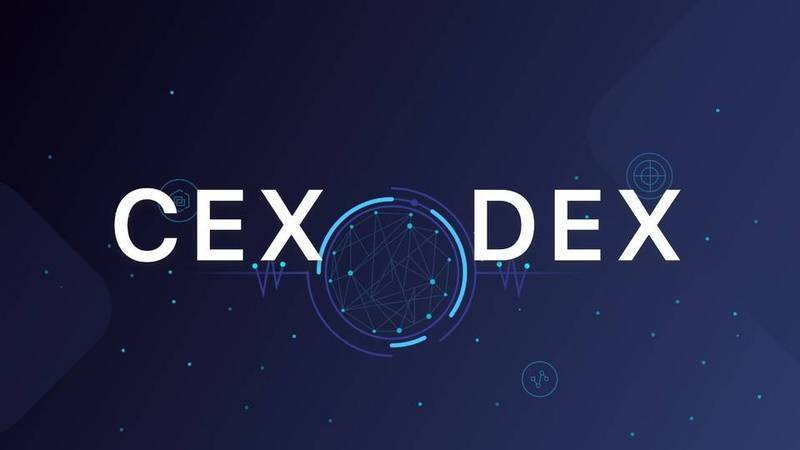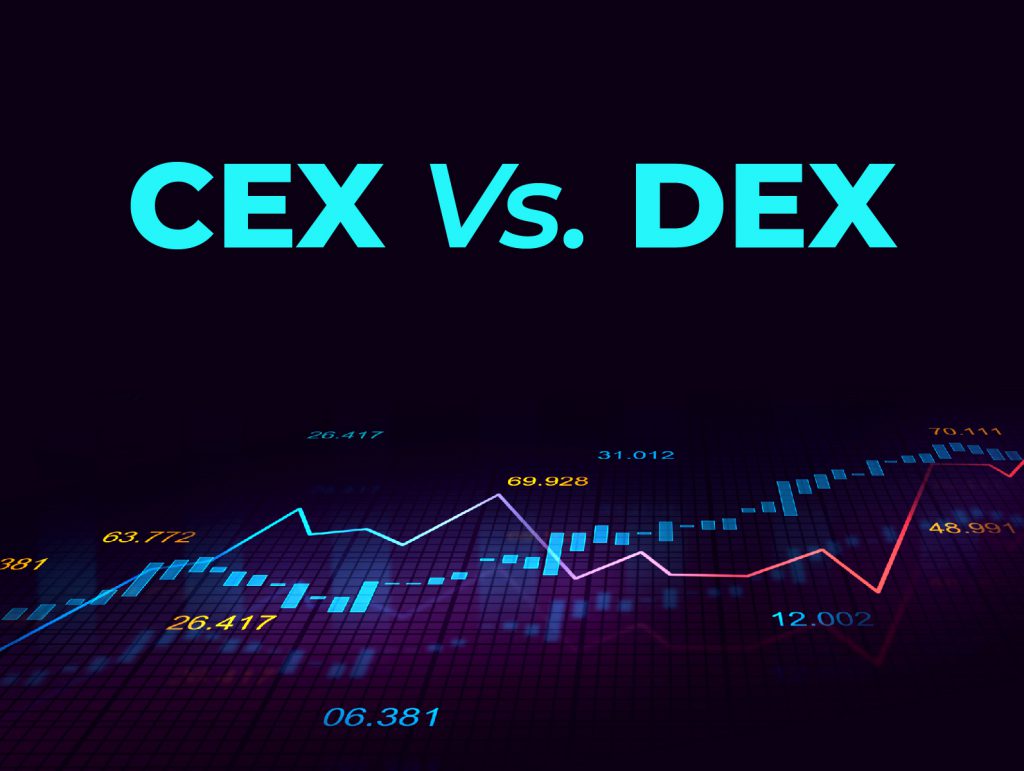Ever since the launch of Bitcoin in 2008, the popularity of electronic assets has continued to increase. Now more than ever, more people are beginning to realize the ease with which they can make investments across the digital space.
Despite the growing popularity of digital assets, these assets have not grown in isolation. Instead, digital asset exchanges have driven them. However, as instrumental as these exchanges have been, many concerns are rising on the risks that may arise from these platforms. Before addressing these concerns, this article will explain digital asset exchanges.
What are Digital Asset Exchanges?
Digital asset exchanges are platforms that enable the trading of cryptocurrencies and other virtual assets. With a digital asset exchange, you can trade cryptocurrencies for other cryptocurrencies. You can also exchange your crypto for real-world currencies, and manage your digital assets. It is important to note that there are digital assets that are not cryptocurrencies e.g. NFTs. However, the focus of this article is on blockchain-backed cryptocurrency exchanges.

Types of Cryptocurrency Exchanges
While the function of digital asset exchange is the same across all forms, there are different forms of exchanges with separate features. There are two forms of exchanges within the cryptocurrency community: centralized exchanges (CEXs) and decentralized exchanges (DEXs). Now, let’s take a look at what they are.
Centralized exchanges are digital platforms that provide financial services like cryptocurrency trading and fiat-cryptocurrency exchanges. They function as an intermediary between buyers and sellers and help to facilitate transactions.
On the other hand, decentralized exchanges function as a marketplace that allows users to trade between themselves without the need for an intermediary. On this type of exchange, transactions are completed through smart contracts. Smart contracts are contracts that are automatically performed when both parties carry out their duties according to the agreement.
There are some significant differences between DEXs and CEXs. First, centralized exchanges are controlled by a single entity. However, decentralized exchanges are more like distributed marketplaces that have no single point of control.
Another difference is that with centralized exchanges, the digital assets are controlled by one institution. On the flipside, traders that use decentralized exchanges are fully in control of their funds. This is the primary reason for the stronger security of decentralized exchanges. In addition, because transactions are more distributed, the possibility of hacking the whole system is minimal. This is unlike centralized exchanges that have been subject to many hack attacks in recent years.
Regardless of these differences, both exchanges still process huge volumes of transactions. This act raises many risks on the possibility that people may misuse the digital nature of these exchanges. Due to this, many exchanges have become a point of attraction for regulators worldwide, especially concerning compliance.
The Need for Compliance in Digital Asset Exchanges
Across the world, digital asset exchanges have been instrumental in driving financial inclusion. Many people do not have access to the traditional financial system. They now get to make use of virtually all financial services from the comfort of their homes. However, this benefit also comes with many risks. The primary risk is that digital asset exchanges could become an avenue for criminals to conduct fraudulent activities.
For most users on digital asset exchanges, anonymity is guaranteed. Thus, any person (with an internet connection) can conduct criminal transactions on these exchanges. Those transactions will be largely untraceable too. This situation puts users at a huge risk, as they can be exposed to phony cryptocurrency projects or worse still, unknowingly contribute to the execution of a financial crime.
To quell these risks, digital asset exchanges have to integrate compliant systems. These systems could range from Know Your Customer (KYC) to Anti-Money Laundering (AML) systems. These systems enable exchanges to duly identify their customers and generally prevent crimes.
However, the task of compliance is more difficult for decentralized exchanges. This is because decentralized exchanges have little restrictions on who can participate in the market by their nature. As such, these exchanges are often skeptical about integrating compliance systems. However, CRD Network helps with this as they bridge the regulatory gap and help in operating legally in the DeFi space.

Solving the Problem with a Digital Asset Provider
As more exchanges battle with the need to ensure safe payment systems, the need to outsource compliant infrastructure becomes even more prominent. This need is the major driver behind the rise of digital asset providers.
Digital asset providers solve the compliance issues of exchanges by providing the necessary infrastructure for users to safely trade and swap their digital assets. For example, DLTify provides the necessary infrastructure for digital exchange crypto to gather data on their users, facilitate safe transactions and align their business model to prescribed regulations.
Conclusion
Digital assets are slowly taking the central stage within the realm of investments. Not only due to the ease of trading, but also because of the significant profits. As such, digital exchange crypto seeking to benefit from this popularity need to focus on improving their payment networks. The easiest route to achieve this is by choosing a proper digital asset provider.

